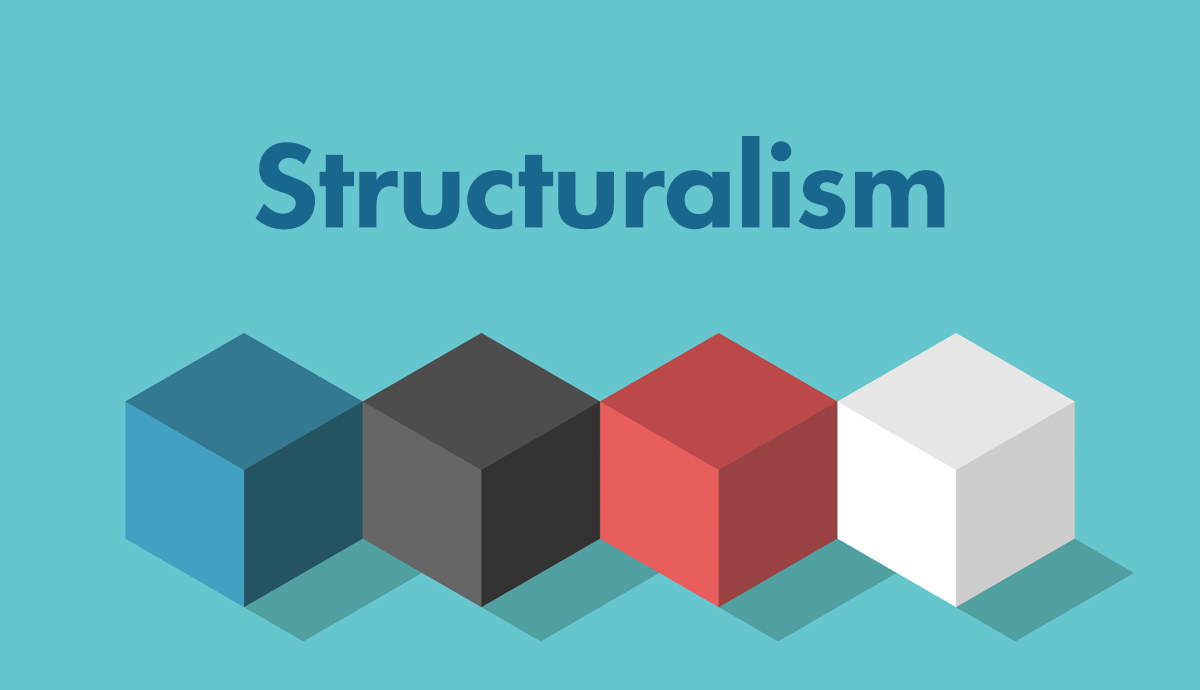
Gottfried Wilhelm Leibniz wanted to find the most basic parts from which everything in the universe is composed. These indivisible parts he calls “monads,” and his Monadology (1714) attempts to explain what they are like, how they interact, and how they compose complex things.
Monads (and therefore every part of the universe) are living things characterized by self-determination and perception. Responding primarily to Descartes, Leibniz rejects the narrow cartesian conception of minds as the only perceiving or self-determining things in the universe.
While Leibniz solves many problems by subdividing the universe in this way, he seems to run into others, particularly when we begin to question the apparent gulf between how we encounter the world as a material, spatial plane and the claims Leibniz makes about immaterial, extensionless monads.
Monads, Minds, and Windows in Leibniz’s Monadology

One of the most unintuitive claims Leibniz makes about monads is that they perceive one another, no matter how small they are and no matter what kind of thing they compose. In this way, and in several other important senses, Leibniz’s concept of the monad differs from how we tend to think about physical atoms. Monads for Leibniz are immaterial, and although they are themselves indivisible, complex bodies often consist of monads within monads, with the larger monads organizing the smaller ones into the correct arrangement.
However, this unintuitive claim – that monads perceive – is precisely what Leibniz believes Cartesian dualism is lacking:
And it is here that the Cartesians have fallen far short, as they have given no thought to perceptions which are not apperceived. This also is what made them believe that minds alone are monads and that there are no souls of beasts or other entelechies
Leibniz, Monadology §14
Even the smallest monads that are organized into the shape of a rock or a plant are perceiving things. What Leibniz means by perception here is somewhat specific – especially since he’s clearly talking about things that lack the kinds of sensory faculties that we link to perception in humans and animals – but the fact that what is occurring is perception is essential to how he conceives the causal relations between monads.
Indeed, Leibniz doesn’t think that perception happens in “mechanical” things at all. That is, he doesn’t believe that the kinds of systems we tend to think of as inducing our perceptions could possibly be responsible for them, since, for Leibniz, mechanical explanations never get at the connection where perceptions enter consciousness. For him, our minds are simple, and so can’t mesh with any cogs in the mechanical brain, which is instead a compound. In this, he rejects the Cartesian solution of the pineal gland, with its quasi-magical interface between the material and the ideal. What power he attributes to the sense organs is secondary to the kind of perception all monads are already engaged in.

More unintuitive still, Leibniz maintains both the non-spatiality of monads and the idea that the way they perceive one another depends upon some kind of position, or nearness. This nearness appears problematic for other claims Leibniz makes about monads, both with respect to their existence in space, and their relation to the universe at large.
Leibniz wants to maintain that monads are “windowless.” What this entails is that monads are strictly independent from one another, and are not directly affected by other monads, but rather exist only in a direct causal relationship with God. Monads do influence one another directly, but only via their relationship to God, and only on the level of ideas (‘the influence of one monad over another is merely ideal’: Leibniz, Monadology, §51). Physically, monads remain strictly independent from one another.
The fact that monads have no “windows” has another important implication for the discussion that follows, which is that nothing enters or leaves them. So, when Leibniz talks about monads changing, which they do frequently and radically, this change (in order to preserve the indivisibility of monads) does not involve the addition or subtraction of anything, but rather a change in properties or affections. These changes, animated only by an “internal principle,” describe for Leibniz all that happens in the world, since monads are never created or destroyed except by God.
Representing the World

In order to account for the fact that our minds, which are themselves monads, perceive all kinds of other things that are also monads, Leibniz proposes that each monad represents the entire universe. In other words, every monad contains a kind of total knowledge of the universe, and of other monads, which is why it appears that monads causally interact with one another, when really they are only affected by that which is internal to them, which includes a kind of copy of the entire universe of monads.
However, Leibniz is aware that this claim is counterintuitive since we do not feel ourselves to know everything about the universe; there seem to be innumerable monads and parts of the universe that we know nothing about. So, in order to both maintain the claim that every monad perceives the whole world of monads and to explain why we don’t seem to know everything about the world, Leibniz introduces the idea of different modes and degrees of perception. Thus, only God perceives every monad and its qualities distinctly and fully, while every other monad is limited in the distinctness of its perceptions. Leibniz writes:
For since God, in organising the whole, had regard for each part, and particularly for each monad, and since a monad’s nature is to represent, nothing can limit it to representing just a part of things. However, it is true that its representation is merely confused as to the detail of the whole universe, and can be distinct only for a small part of things, that is, those which are either the nearest or the largest in relation to each of the monads, otherwise each monad would be a divinity. It is not in the object, but in the modification of the knowledge of the object, that monads are limited. They all go confusedly to infinity, to the whole, but they are limited and distinguished by the degrees of their distinct perceptions.
Leibniz, Monadology §60
The Limits of Perception

There are two things that can limit the perceptions of monads. First, there is the matter of what sort of monad a thing is. Monads exist in a hierarchy, ranging from human minds, down through animal minds, all the way to the simplest parts of inanimate things. Leibniz sketches a distinction between mere monads, or what he calls “entelechies,” and souls. Souls, to be clear, are still monads, but not all monads are souls.
Nonetheless, these entelechies, which fall short of being souls in the conventional sense (remember here that for Leibniz, monads compose the smallest parts of matter; a single cell of the body of a frog is still a monad), still have perceptions. These perceptions, which for the reasons sketched above have nothing to do with any mechanical process and require no brain or similar mechanical structure to transmit them, must exist in order to explain why objects appear to react to one another. Since the only change monads undergo is self-propelled, it has to occur through a process of perceiving the world and its changes that monads motivate themselves towards change.

What distinguishes souls from other monads, then, is the distinctness of their perceptions – which is greater than in other monads – and in the persistence of those perceptions in memory, and finally in the soul’s capacity for reason. The distinctness of perceptions is also relevant to the second limitation Leibniz discusses, which is the nearness of one monad to another. Since we lack God’s total perception, it is impossible to distinctly perceive the entire universe at once despite our possessing a copy of it in some way. To account for the fact that we feel ourselves to perceive and understand only a tiny corner of the universe, Leibniz proposes that the distinctness of monads’ perceptions is limited by their nearness to one another.
What this nearness consists of, and why the perception of monads is limited in this way (given that mechanical explanations are given only a partial role in perception), are questions that threaten to seriously undermine the Monadology’s project. The claim that we only distinctly perceive those “things” that are “nearest or largest” in relation to us, implies that monads have both position and extension, something Leibniz elsewhere seems hesitant to confirm.
Gaps in Leibniz’s Monadology

If the plane on which monads are nearer to or farther from one another is physical, and the dimension or largeness is that of extension, then we run into problems elsewhere in the Monadology. In particular, both the suggestion that monads are not directly perceiving one another but rather operating on an internal representation of the universe seems questionable, unless monads are positional only within the confines of their own representation. Second, it seems to raise serious problems for Leibniz’s claim that monads do not have extension, which is foundational to his atomism.
On the other hand, if this plane is not material or spatial, then we have to ask what exactly it is, and why the language of extension and distance are so relevant in describing it. Are those descriptions straightforwardly true or merely metaphorical?
If these claims remain merely metaphorical, it appears that we still lack some very crucial information regarding what, and where, monads actually are. If, meanwhile, the plane Leibniz is talking about is different than the spatial one wherein we usually talk about nearness and largeness, but he upholds his claims as non-metaphorically true, then it seems there’s still a serious hole: what is this plane, how does it behave, and why are monads situated there rather than in the ordinary world of extension? In any case, throughout Leibniz’s taxonomy of minds and matter, there seems to be a fundamental ambiguity about the space in which monads exist, and the conditions that affect their perception of one another.










